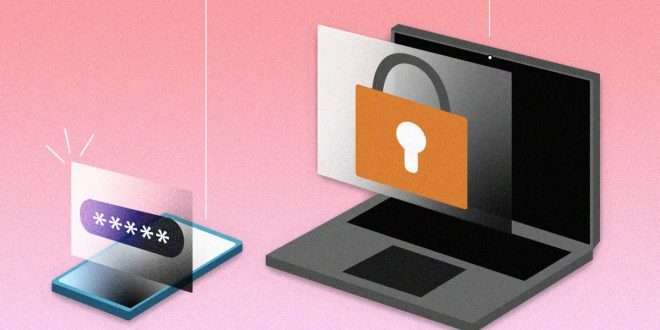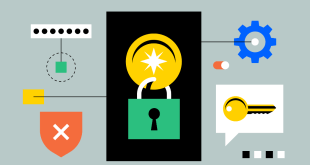In today’s interconnected world, securing digital information and safeguarding sensitive data have become paramount. The ever-evolving cyber threats demand more robust and sophisticated authentication methods. Enter Multi-Factor Authentication (MFA) 2.0, the next-generation security solution that promises to revolutionize the way we protect our online identities and resources.
Understanding Traditional Authentication Methods
Traditionally, most online platforms relied on single-factor authentication, typically a username and password combination. However, this method has proven to be vulnerable to data breaches, phishing attacks, and password cracking techniques. MFA 2.0 addresses these shortcomings by introducing additional layers of security, mitigating the risks associated with single-factor authentication.
The Power of Multi-Factor Authentication 2.0
Leveraging Biometric Factors
MFA 2.0 incorporates biometric authentication, utilizing unique physical attributes like fingerprints, facial recognition, and iris scans. By leveraging biometrics, MFA 2.0 offers an unprecedented level of security, making it incredibly challenging for unauthorized individuals to gain access to sensitive information.
Contextual Authentication
Another groundbreaking feature of MFA 2.0 is contextual authentication. This method assesses the user’s behavior, location, and device information before granting access. If the user’s behavior deviates from the norm or if the login request originates from an unfamiliar location, MFA 2.0 may trigger additional verification steps, thus minimizing the risk of unauthorized access.
Time-Based One-Time Passwords (TOTP)
MFA 2.0 introduces Time-Based One-Time Passwords (TOTP) as an added layer of security. These passwords are valid for a limited time and can only be used once. By generating unique TOTPs for each login attempt, MFA 2.0 ensures that even if an attacker intercepts the password, it would be useless for future login attempts.
Passwordless Authentication
Say goodbye to the traditional password woes. MFA 2.0 embraces passwordless authentication, offering users a more convenient and secure login experience. Methods such as hardware tokens, push notifications, or biometric scans eliminate the need for remembering complex passwords, significantly reducing the risk of password-related breaches.
MFA 2.0 and API Security
Advancements in Network Authentication Methods
APIs (Application Programming Interfaces) serve as vital connectors between different systems. With MFA 2.0, API security has taken a significant leap forward. Developers can now integrate MFA 2.0 into their APIs, ensuring that every request to access sensitive data or resources undergoes rigorous authentication.
Securing Microservices with MFA 2.0
As microservices architecture gains popularity, MFA 2.0 provides a much-needed security layer. Each microservice can implement its own MFA 2.0, adding an additional level of defense to the entire system. This distributed approach ensures that even if one service is compromised, the overall system remains secure.
Commonly Asked Questions
Q1: Is MFA 2.0 challenging to implement for businesses?
A: While implementing MFA 2.0 requires initial effort, many third-party services offer easy-to-integrate solutions, making it accessible for businesses of all sizes.
Q2: Can MFA 2.0 hinder user experience?
A: On the contrary, MFA 2.0 offers a more seamless user experience by reducing the reliance on passwords and providing faster authentication methods.
Q3: Is biometric data safe to use for authentication?
A: Yes, biometric data is typically encrypted and securely stored, ensuring that it cannot be reverse-engineered or used for malicious purposes.
Q4: Can MFA 2.0 be bypassed by sophisticated attackers?
A: While no system is entirely impervious to attack, MFA 2.0 significantly raises the bar for attackers, making it exponentially more challenging to breach.
Q5: Does MFA 2.0 protect against phishing attacks?
A: Yes, MFA 2.0 significantly reduces the risk of successful phishing attempts, as even if a user unknowingly shares their credentials, the attacker would still need additional factors to gain access.
Final Words
Multi-Factor Authentication 2.0 marks a significant advancement in online security. By combining biometric factors, contextual authentication, TOTP, and passwordless methods, MFA 2.0 delivers a robust and user-friendly approach to safeguarding digital assets. Embracing MFA 2.0 is not just a smart decision; it’s a necessary step in securing our digital future.
 webfily
webfily



